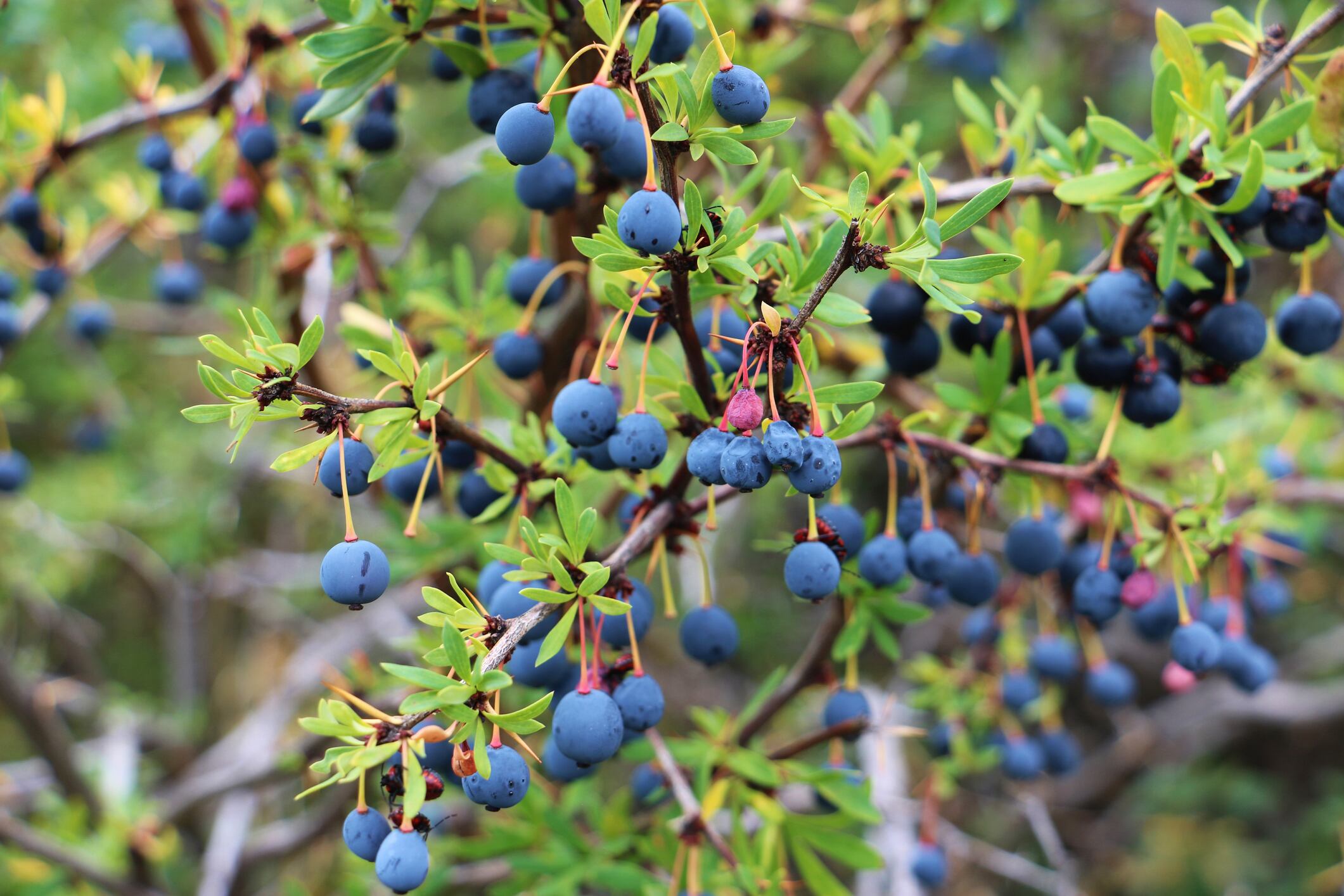Writing in the Journal of Ethnopharmacology the scientists report that constituents from various Patagonian fruit may help people with metabolic syndrome, a condition characterized by central obesity, hypertension, and disturbed glucose and insulin metabolism. The syndrome has been linked to increased risks of both type 2 diabetes and cardiovascular diseases.
“Several species appreciated as edible at present show a very long ethnohistory of use (prehispanic, posthispanic and contemporary), including Berberis, Fragaria, Ribes, Rubus, Gaultheria and Empetrum,” they wrote.
“The gathering of wild fruits by human populations of Argentina and Chile is a distinctive manifestation of cultural identity, which reflects the local environment, history and cosmology of the people.
“Chemical and bioactivity studies have been focused mainly in maqui, calafate and the native strawberry because of their potential development into new crops.”
Focus
The Chile and Argentina-based scientists focused on native berries, including calafate (Berberis spp.), native strawberry (Fragaria chiloensis), currants (Ribes spp.), Patagonian raspberries (Rubus spp.) and maqui (Aristotelia chilensis) fruits.
Maqui is the most studied of these fruit, said the researchers, with data supporting its antioxidant activity, as well as the ability of various bioactive constituents to inhibit enzymes such as alpha-glucosidase and alpha-amylase. Maqui berry extracts may also prevent the formation of fat cells, and exhibit anti-inflammatory activity.
“As the Argentinean maqui populations also present high diversity, there is potential to find new cultivars/clones with enhanced biological effects and differences in the constituents compared with the Chilean populations,” they wrote.

Increasing regional interest in the fruit from calafate – shrubs and bushes belonging to the genus Berberis – has led to a small but growing body of science, most of which has focused on the antioxidant potential due to the anthocyanin and flavonoid content of the berries.
“The Chilean strawberry (Fragaria chiloensis) can be found in two botanical forms, namely, the white strawberry (F.chiloensis ssp. chiloensis f. chiloensis) or the red strawberry (F.chiloensis ssp. chiloensis f. patagonica),” added the researchers. “The colorless fruits can be found growing in Chilean coastal areas, ranging from Maule to Araucania regions, while the red fruits are usually found in the Andean slopes of Chile and the southern Patagonia in Argentina.”
Reports are available for the antioxidant activity of both the white and red varieties, while potent antioxidant activity has also been reported for wild Patagonian raspberries, they said.
Next steps
The researchers called for more studies on other Patagonian species, and also for studies to elucidate the mechanisms of action related to the “health promoting properties from these native berries, as well as to encourage the agronomic development of these wild species into commercial crops”.
Source: Journal of Ethnopharmacology
Volume 241, Page 111979, doi: 10.1016/j.jep.2019.111979
“Patagonian berries as native food and medicine”
Authors: G. Schmeda-Hirschmann et al.


